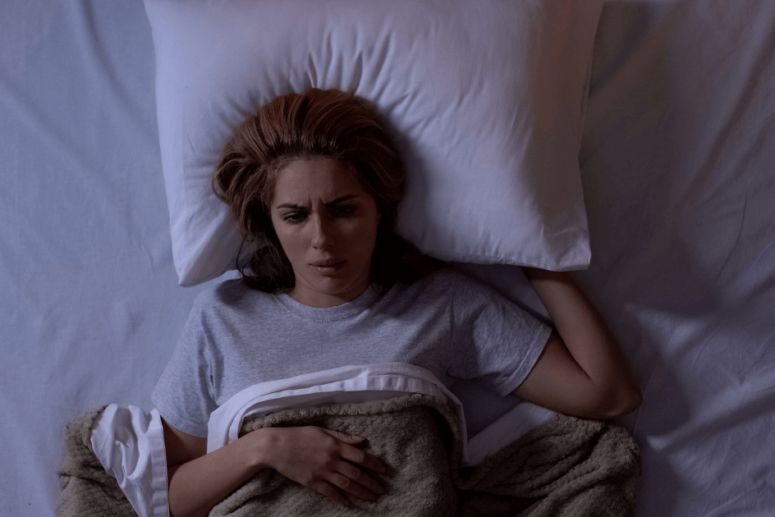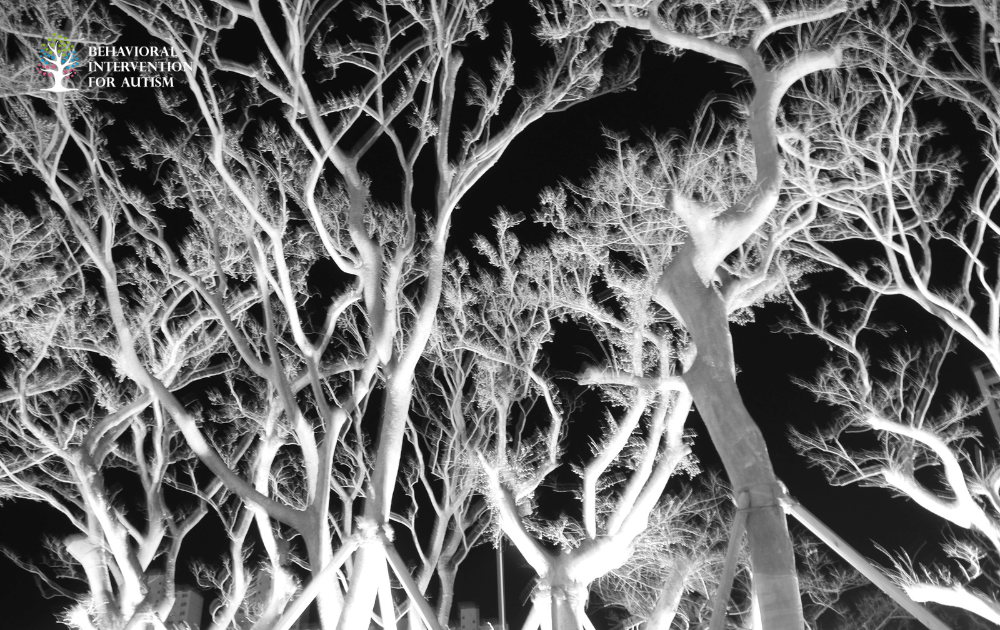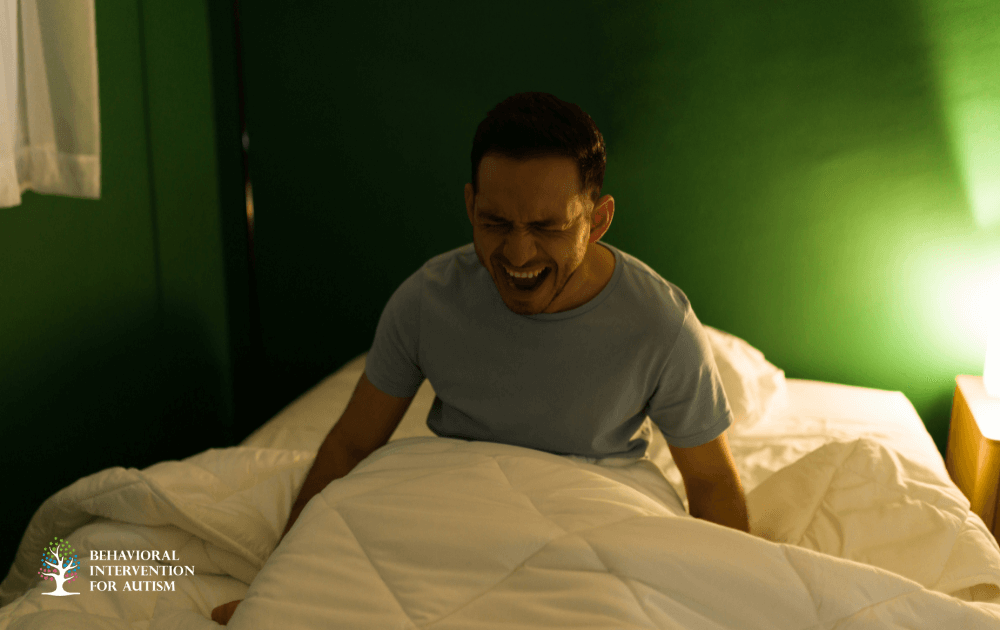
Table of Contents
Understanding night terrors in individuals with autism is crucial for parents and caregivers. Let’s explore the key differences between night terrors and nightmares.
What are Night Terrors?
Occurring during non-REM sleep, night terrors, or sleep terrors, are episodes marked by extreme fear. While nightmares occur in REM sleep and are usually remembered, night terrors can cause behaviors such as screaming, thrashing, and seeming inconsolable. These episodes can be distressing for both the individual with autism and those around them.
Night Terrors vs. Nightmares
Night terrors and nightmares are distinct sleep disturbances commonly encountered in individuals with autism. Understanding the differences between these two phenomena is essential for effective management and support.
Aspect | Night Terrors | Nightmares |
Sleep Stage | Non-REM sleep | REM sleep |
Recall | Little to no memory of the episode | Often remember the nightmare |
Behaviors | Agitation, screaming, sweating | Fearful dreams, may wake up crying or scared |
Duration | Typically shorter, can last a few minutes | Longer duration, can vary from minutes to hours |
Recognizing the characteristics of night terrors and distinguishing them from nightmares helps parents and caregivers respond appropriately, offering comfort during these challenging episodes.

Night Terrors in the Autism Community
Night terrors are more prevalent in individuals with autism spectrum disorder (ASD) than in the general population, with up to 70% of children with autism experiencing them. This high prevalence highlights the need for effective management of this sleep disturbance within the autism community.
Several factors contribute to the increased occurrence of night terrors in those with autism, including sensory sensitivities, communication challenges, cognitive overload, anxiety, stress, and disrupted sleep patterns. Understanding these factors is crucial for parents and caregivers to implement strategies that address the root causes of night terrors.
Recognizing these factors and tailoring interventions can improve sleep quality and overall well-being for individuals with autism who experience night terrors.
Recognizing Night Terrors in Individuals with Autism
Navigating night terrors in individuals with autism requires a thorough understanding of the signs and symptoms associated with this sleep disturbance, as well as the ability to differentiate night terrors from other common sleep issues.

Understanding these signs and symptoms can help caregivers effectively identify and address night terrors in individuals with autism.
How to Differentiate Night Terrors from Other Sleep Disturbances
It is essential to differentiate night terrors from other common sleep disturbances, such as nightmares and sleepwalking, to implement appropriate management strategies. Here is a comparison of night terrors with other sleep issues:
Sleep Disturbance | Night Terrors | Nightmares | Sleepwalking |
Nature of Episode | Sudden onset of intense fear and confusion | Recollection of frightening dreams | Ambulation while asleep |
Awareness | Limited to no awareness or responsiveness | Partial or full awareness upon awakening | Limited awareness during episode |
Difficulty in Consoling | Challenging to console and comfort the individual | Possible to comfort and reassure the individual | May be led back to bed without full awakening |
Recognizing the distinct characteristics of night terrors and how they differ from other sleep disturbances allows caregivers to offer targeted support, improving sleep quality and overall well-being for individuals with autism.
Coping Strategies for Night Terrors in Autism
Managing night terrors in individuals with autism requires effective coping strategies to provide support and comfort. Key approaches include establishing a calming bedtime routine and ensuring a safe, comfortable sleep environment to reduce the frequency and intensity of night terrors.
Setting Up a Calming Bedtime Routine
Creating a steady and soothing bedtime routine can promote a sense of security and relaxation for individuals with autism before sleep. This routine should aim to promote relaxation and reduce anxiety, making the transition to bedtime smoother. Here are some strategies to consider incorporating into a bedtime routine:
- Dimming the lights and creating a quiet environment
- Engaging in calming activities such as reading a book or listening to soft music
- Using sensory tools like weighted blankets or soothing textures
- Avoiding stimulating activities or screen time close to bedtime
- Providing reassurance and comfort through gentle touch or verbal cues
A structured bedtime routine tailored to the individual’s needs can help minimize triggers of night terrors and promote a sense of calm before sleep.
Providing a Safe and Comfortable Sleep Environment
Creating a safe and comfortable sleep environment is crucial for individuals with autism who experience night terrors. A sleep environment that is conducive to restful sleep can help reduce the occurrence of night terrors and improve overall sleep quality. Consider the following factors when setting up a sleep environment:
- Maintaining a consistent sleep schedule to regulate sleep patterns
- Ensuring the bedroom is quiet, dark, and at a comfortable temperature
- Using soothing night lights or white noise machines to alleviate fears
- Securing the bedroom to prevent wandering or injuries during night terrors
- Implementing safety measures such as padding sharp corners or securing furniture
Addressing environmental factors that trigger or worsen night terrors helps caregivers create a calming sleep space, promoting better sleep hygiene and overall well-being for individuals with autism.
Seeking Support and Professional Help
Managing night terrors in individuals with autism or a dual diagnosis disorder requires professional support and a collaborative approach. Working with healthcare providers and specialists, such as pediatricians, neurologists, and sleep experts, is key to identifying underlying causes and creating personalized intervention plans to improve sleep quality.
Therapeutic interventions, including behavior therapy, sensory integration therapy, and medication management, can significantly reduce the frequency and intensity of night terrors. These evidence-based strategies help promote relaxation, regulate sensory input, and manage symptoms, improving overall well-being.
A multidisciplinary approach is essential to addressing night terrors, considering each individual’s unique needs and preferences. By actively engaging with healthcare professionals, families can access effective treatments and strategies to improve sleep and quality of life for individuals with autism.

Get Help Managing Night Terrors
Night terrors can be a challenging experience for individuals with autism, impacting their sleep patterns and overall well-being. These intense episodes may cause fear, confusion, and distress, often leading to disrupted sleep for both the individual and their caregivers.
Understanding the underlying triggers and implementing effective strategies is key to reducing their occurrence. Behavioral Intervention For Autism offers specialized ABA therapy in Florida, focusing on tailored approaches to address sleep disturbances and improve overall quality of life. Our compassionate team works closely with families to provide personalized support that promotes healthier sleep habits. If you’re ready to take the next step in supporting your loved one, reach out to us and discover how we can help.
- 9 Common Obsessions of Children With Autism You Should Know - February 25, 2025
- What is Neurodiversity? A Guide to Embracing Differences - February 25, 2025
- Understanding Hyperfocus in Autism: What It Means and Why It Happens - February 25, 2025
